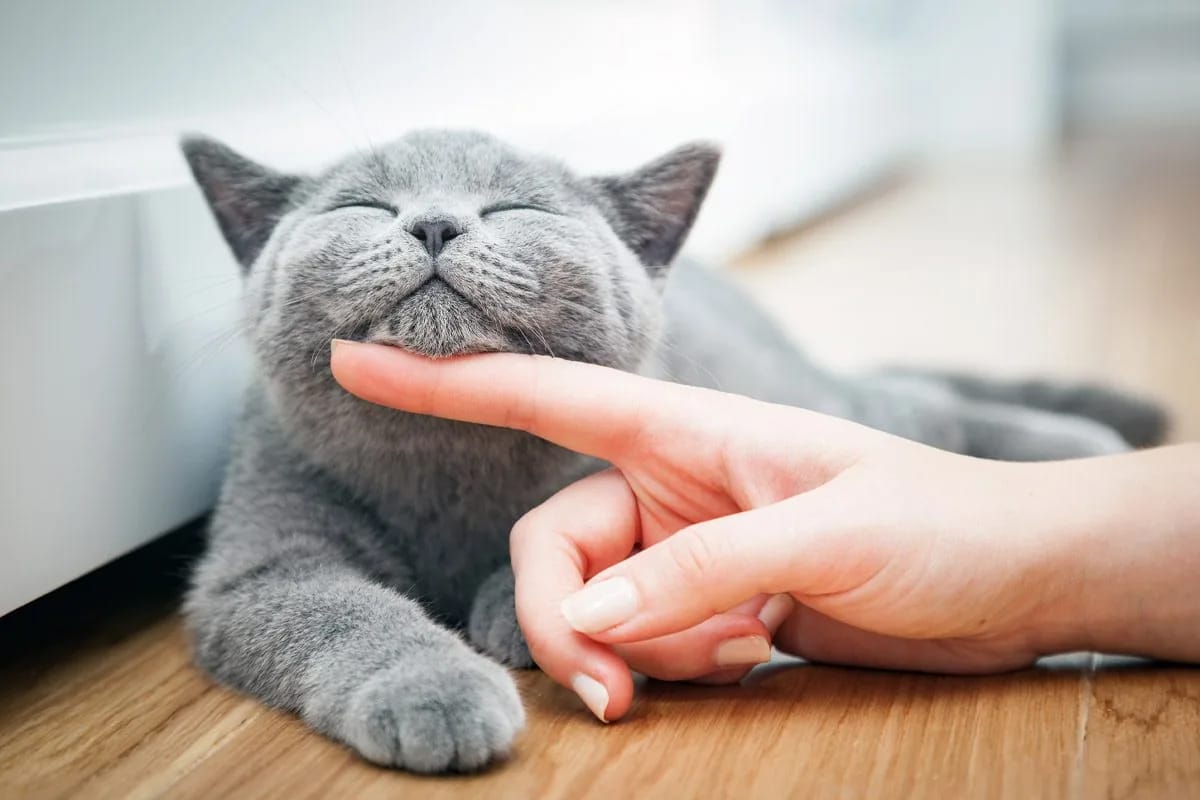
The Science Behind Cat Purring: What Does It Mean?
Cat purring is a fascinating behavior that goes beyond simple contentment. This natural feline trait serves various purposes, from expressing happiness and reducing stress to promoting healing and communication. Understanding the science behind purring allows pet owners to decode their cat’s needs and emotions better, fostering a deeper bond with their feline companions.
🐶 Pet Star
13 min read · 22, Jan 2025

1. What Is Purring?
Purring is a low-frequency, rhythmic vibration produced by cats. While it’s most commonly associated with domestic cats, some wild cats, like cheetahs and bobcats, also purr. The vibration originates from the rapid contraction and relaxation of muscles in the larynx (voice box), coupled with movement in the diaphragm. This creates a continuous sound during both inhalation and exhalation.
Key Features:
- Frequency range: 25-150 Hz.
- Can occur voluntarily or as a reflex.
- Often accompanied by other body language cues.
2. Why Do Cats Purr?
Purring serves multiple purposes, depending on the context and the cat’s needs. Below are the primary reasons cats purr:
a) Expression of Contentment
- Cats often purr when they are relaxed and happy, such as during petting or cuddling sessions.
- A soft, steady purr is a sign of a content and comfortable cat.
b) Self-Soothing Mechanism
- Cats purr to calm themselves in stressful or painful situations, such as during a vet visit or when recovering from injury.
- Purring helps regulate their emotions and promotes relaxation.
c) Communication Tool
- Mother cats and their kittens use purring to communicate. Kittens begin purring a few days after birth, signaling to their mother that they are nursing or feeling secure.
- Adult cats may purr to signal trust or to get attention from their owners.
d) Healing and Health Benefits
- The low-frequency vibrations of purring have been shown to promote tissue regeneration and bone healing.
- It may help reduce inflammation, alleviate pain, and improve overall recovery in cats.
3. The Role of Purring in Human-Cat Relationships
a) Building Emotional Bonds
- A cat’s purr is often perceived as a sign of affection, strengthening the bond between cats and their owners.
- Cats may use purring as a way to communicate trust and love.
b) Therapeutic Effects on Humans
- Studies suggest that a cat’s purr can reduce stress and anxiety in humans.
- The soothing sound may lower blood pressure and promote feelings of calmness and well-being.
4. Misconceptions About Purring
While purring is commonly associated with happiness, it’s important to understand that cats purr for various reasons. Misinterpreting their purring can lead to missed cues about their needs or discomfort.
Common Misconceptions:
- “Cats only purr when they are happy.” Cats also purr when they are stressed, in pain, or unwell.
- “Purring means my cat doesn’t need medical attention.” A sick or injured cat may purr as a coping mechanism, so it’s essential to observe other symptoms.
5. How to Interpret Your Cat’s Purring
Understanding the context of purring involves observing your cat’s body language and environment. Here are some tips to decode purring:
a) Context Matters
- During Petting: Likely a sign of contentment.
- During Feeding: Your cat may be expressing gratitude or anticipation.
- At the Vet: Indicates stress or an attempt to self-soothe.
b) Observe Other Cues
- Relaxed body, closed eyes, and kneading paws typically indicate happiness.
- Restlessness, vocalization, or tense posture may suggest discomfort or fear.
6. The Science of Purring: Beyond Emotion
a) Health Benefits for Cats
Research suggests that purring has therapeutic effects for cats themselves:
- Promotes bone density and healing.
- Supports respiratory health by regulating breathing patterns.
b) Theories About Evolutionary Function
- Some scientists believe purring evolved as a survival mechanism. For example, purring at a low volume might attract less attention from predators while signaling safety to other cats.
- The healing benefits of purring could also give injured or sick cats a better chance of recovery.
7. How to Encourage Your Cat to Purr
If you enjoy the calming sound of your cat’s purr, here are some ways to encourage it:
- Gentle Petting: Focus on areas like the chin, head, and back.
- Comfortable Environment: Provide a cozy and secure space.
- Playtime: Engage in interactive play to boost your cat’s mood.
- Positive Reinforcement: Use treats or soft words to create a relaxed atmosphere.
Q1: Do all cats purr?
Ans) Most domestic cats purr, but some wild cats like lions and tigers do not. Instead, they roar. Additionally, some cats may have conditions that prevent them from purring.
Q2: Can purring indicate pain or illness?
Ans) Yes, cats often purr to self-soothe during times of stress, pain, or illness. If your cat’s purring is accompanied by unusual behavior, consult a veterinarian.
Q3: Why do kittens start purring so early?
Ans) Kittens begin purring a few days after birth to communicate with their mother, signaling they are nursing and feeling secure.
Q4: How does purring benefit humans?
Ans) A cat’s purr can reduce stress, lower blood pressure, and create a calming effect, making it therapeutic for their owners.
Q5: Can I teach my cat to purr?
Ans) Purring is instinctive, but you can encourage it by creating a positive, relaxed environment and engaging in activities your cat enjoys, like petting or playing.
Similar Articles
Find more relatable content in similar Articles
Explore Other Categories
© 2024 Copyrights by rPets. All Rights Reserved.